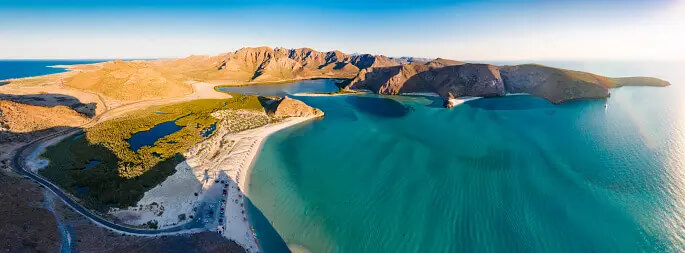Our Location
Islamabad, Pakistan
Welcome to the land of South America, where the surprising and the unusual converge to create a tapestry of weird and interesting facts. From giant rodents to lively pink lakes, the continent grasps a treasure trove of uniqueness that challenges expectations and sparks the imagination. Join us on a journey to uncover the bizarre and unforeseen as we explore the weird facts that make South America a truly unique and bizarre corner of the world.
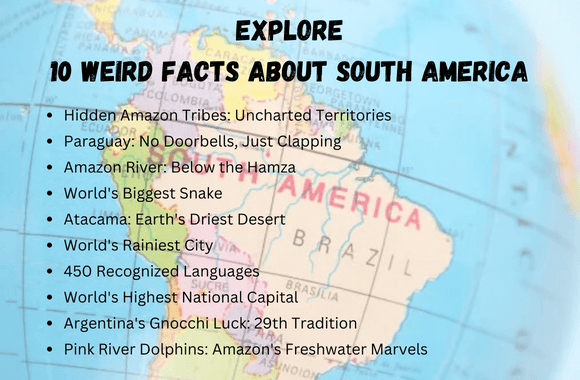
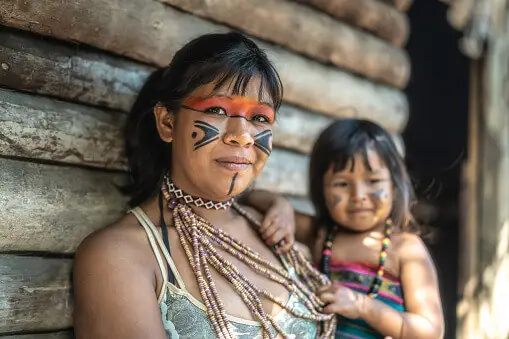
These native tribes have been found tucked away in the heart of the Amazon jungle. Furthermore, scientists think that there may be 77 undiscovered tribes living even farther into the jungle.

In Paraguay, the majority of cases are without doorbells. Instead, guests identify themselves by briefly clapping their hands. Because of the extreme heat in this landlocked nation, individuals frequently keep their windows open to let in outside clapping.
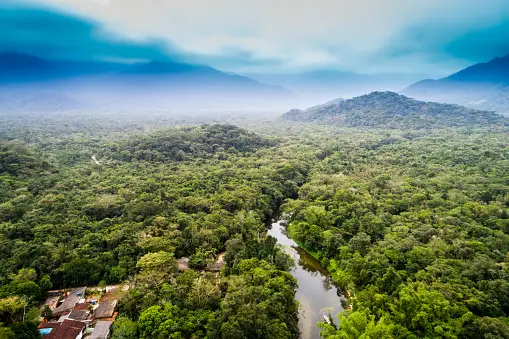
The renowned Amazon River is situated approximately 4 kilometers below the Hamza River. The Hamza and the Amazon both run around 6,000 kilometers from west to east.
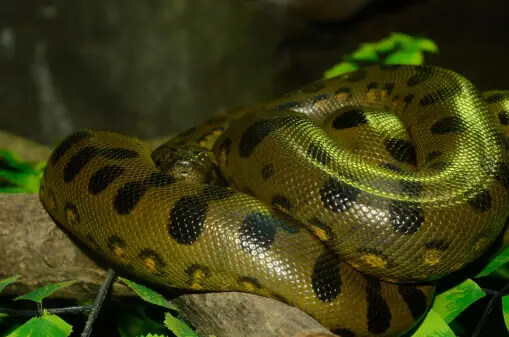
The world’s biggest snake is the green anaconda, which is indigenous to the Amazon. The largest anaconda ever collected weighed 99 kg and was 5 meters in length. Unverified reports exist of gigantic anacondas reaching lengths of over 8 meters and weights exceeding 200 kg.

Italian immigrants introduced the 19th-century custom of eating űoquis (gnocchi) on the 29th of every month to Argentina. Under their plates of gnocchi, people put cash to invoke luck and wealth. Every month on the 29th, a lot of restaurants in Argentina serve unique gnocchi meals.
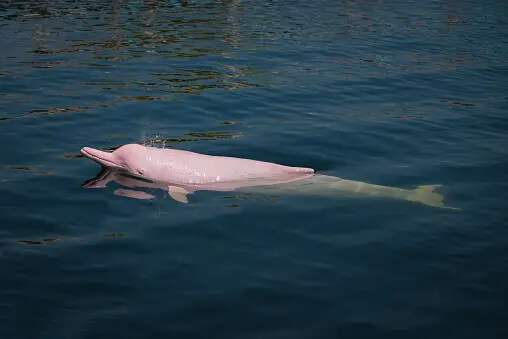
The Amazon River dolphin, often referred to as the pink river dolphin or boto, is one of the most amazing creatures on the planet because it only inhabits freshwater environments. The population is assumed to number in the tens of thousands. However, because of dams and the pollution of rivers and lakes, the pink dolphin is considered vulnerable in certain locations.
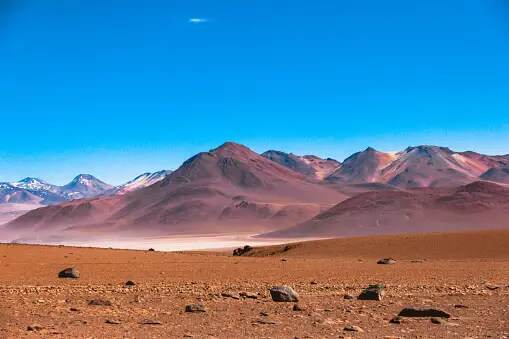
The driest place on Earth is the Atacama Desert in Chile. Since scientists started keeping track of it, certain areas have not had any rain at all. It is known that certain parts of this desert region can experience recurring droughts lasting up to four years.
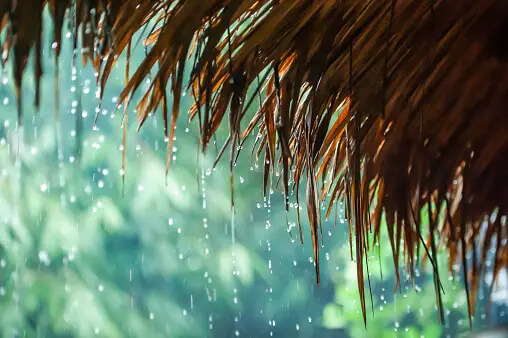
On the other hand, the port city of Buenaventura in Colombia is said to be the wettest inhabited spot on Earth. Over 20 feet of rain falls on average in the world’s rainiest city each year.
With over 450 recognized languages, South America is one of the linguistically most varied regions in the world, while having just 12 sovereign nations.
The world’s highest national capital is La Paz, which is located between 10,650 and 13,250 feet (3,250 and 4,100 meters) above sea level. Because of the rarefied environment at those heights, visitors sometimes find it difficult to exert themselves after they arrive.
